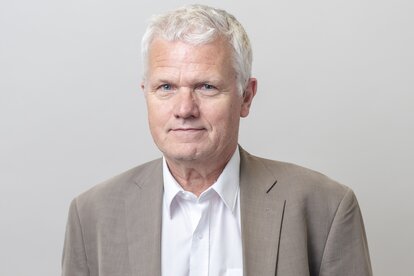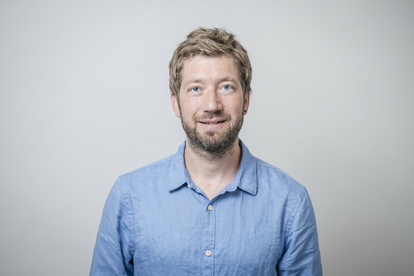The African Union wants to create new prospects for the people of the Sahel and halt desertification with a Great Green Wall. But at the halfway point, the ambitious initiative is not yet where it should be.
In 2007, the African Union initiated the project of a "Great Green Wall of the Sahara and the Sahel." The plan was to create a green belt 15 kilometers wide and 7,775 kilometers long by 2030, stretching from Dakar in Senegal to Djibouti on the Red Sea. Trees, plants and grassland will one day cover an area of 100 million hectares. Eleven countries were initially involved.
The green wall is intended to help stop desertification. The main driver of desertification is soil erosion, which occurs when the fertile soil surface is blown away by wind or washed away by floods or heavy rain. Climate change-induced droughts are also driving the desertification of the Sahel.
The food security and livelihoods of many of the 232 million inhabitants of the Sahel are threatened. Thus, the African Union is also seeking social and economic improvements through the initiative. This includes the creation of 10 million "green" jobs for tree planting, irrigation and monitoring of the greened areas, which would allow agricultural use of the renaturalized land.
Mixed results at the halfway point
Now that more than half of the project’s timeline has passed, the Great Green Wall responsible persons presented an interim evaluation. The results are mixed, though progress has certainly been made: Politicians from Senegal to Djibouti are working together to find answers to the consequences of climate change, such as droughts, food shortages, conflicts over resources and migration to Europe.
However, when measured against the project’s ambitious goals, the successes are rather modest in terms of numbers: Between 2007 and 2019, just under 20 million hectares were restored – 20% of the 100 million hectares targeted by 2030. In the same period, about 350,000 "green" jobs were created – out of a hoped-for 10 million. 220,000 people have been trained in sustainable agricultural, pastoral and non-timber management. And the land area restored so far will sequester over 300 million tons of CO2 by 2030.
Meanwhile, the number of countries participating in the initiative has nearly doubled. This will increase the impact of the green wall. North African countries are now involved, as are other West African countries. In addition, the joint commitment of all Great Green Wall member states against climate impacts could strengthen solidarity among them in the fight against poverty and the causes of flight.
Thanks to the African Union's close collaboration with the UN Convention on Desertification (UNCCD), financial support has also been advanced. In January 2021, a corresponding acceleration mechanism (The Great Green Wall Accelerator) was adopted at the One Planet Summit. Meanwhile, more than $19 billion has been raised by several multilateral and bilateral organizations for 2021-2025 for the Great Green Wall initiative – nearly 60 percent of the $33 billion needed to meet the 2030 targets.
Moving forward with traditional methods
Great Green Wall officials know that ultimately the initiative can only succeed if it focuses on diverse greening and sustainable land management instead of a fixed belt of trees across the Sahel. Arbitrary afforestation, as practiced in many places in the past, is of little use; many seedlings soon die. With a continuous wall, trees would also be planted where there are no people to care for them.
To be successful, the Great Green Wall initiative must also draw on local knowledge and involve local people. Studies such as Restoring African Drylands show how natural and climate-adapted farmer-led regeneration projects, simple water collection methods, and binding community land use rules have restored productivity to degraded soils.
The Great Green Wall initiative has had to contend with difficult conditions. Its success is threatened not only because of global warming, but also because of political corruption and insurgent groups. And the region has a long history of escalating violence. Governments working together to fight corruption and terrorism, investing in the education of their people, and providing money for irrigation will be crucial for the success of the Great Green Wall. If this happens, a green landscape could indeed blossom across Africa.



